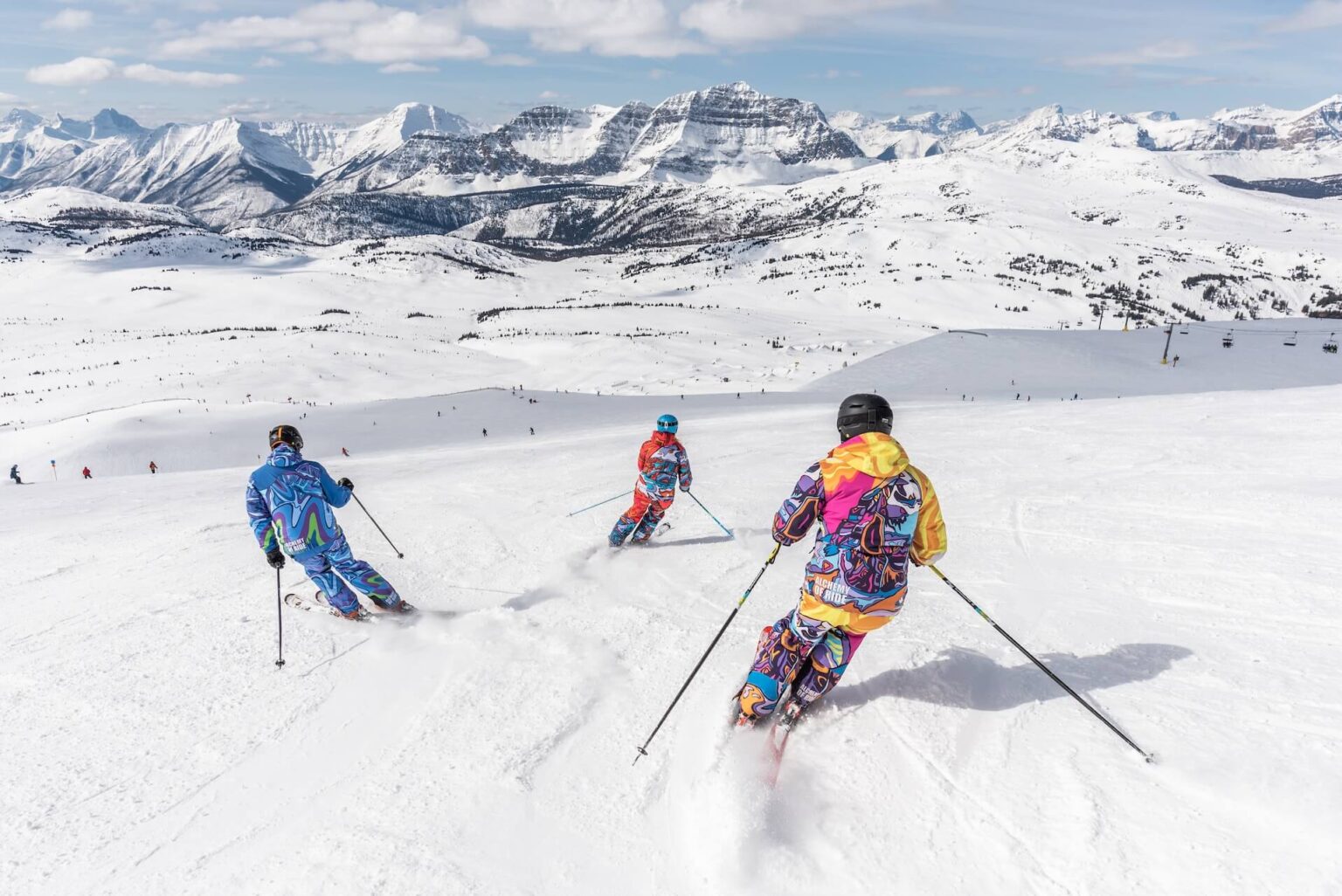Embarking on a skiing trip can be a thrilling adventure, offering an exhilarating mix of stunning views, exhilarating slopes, and the heartwarming ambiance of ski lodges. However, the key to a successful and stress-free experience lies in the preparation. Ensuring you have all the necessary items packed and ready can make the difference between a memorable getaway and a holiday hampered by discomfort or unanticipated needs. This guide will walk you through the essentials you should consider when packing for your skiing trip.
Ski Gear
Ski gear includes your skis, ski boots, and poles. If you’re a beginner, it’s usually easier and more cost-effective to rent these items at the ski resort. Make sure to check the rental procedures and availability at your chosen destination beforehand.
Helmets are not just for beginners – they’re essential safety equipment for all skiers. You might also want to consider a back protector, especially if you’re planning on doing more extreme runs or off-piste skiing.
Goggles are another must-have. They protect your eyes from the sun, wind, and snow, and can significantly enhance visibility on the slopes. Look for goggles with interchangeable lenses so you can adjust to different light conditions. You can even find goggles with prescription lenses if you wear glasses. It’s also a good idea to bring along a spare pair of goggles in case one gets damaged or fogged up.
Skiing Apparel
The first rule of skiing is to stay warm. Key items include a good quality ski jacket and pants, thermal underwear, warm socks, and a neck gaiter. A good pair of gloves and a beanie are also essential, as they minimize heat loss from your extremities.
Your ski jacket and pants should be both insulating and waterproof to protect against the cold and potential falls in the snow. Look for materials that are breathable to ensure that you don’t overheat when in action.
Layers are crucial for maintaining a comfortable body temperature, especially as conditions on the slopes can change rapidly. A base layer of thermal underwear, followed by a mid-layer such as a fleece or a softshell jacket, and finally your outermost ski jacket, will allow you to adjust your outfit according to the weather.
Footwear and Socks
Aside from ski boots, you’ll need a pair of comfortable, warm shoes for when you’re not on the slopes. Waterproof boots are a good option, especially if you’re expecting heavy snowfall.
When it comes to socks, opt for high-quality ski socks rather than regular ones. Ski socks are designed to wick away moisture while providing extra padding in key areas like the shin and ankle.
Be sure to pack multiple pairs. Wet or sweaty socks can make your feet cold and lead to discomfort, so it’s a good idea to have a fresh pair for each day of skiing.
Sun Protection
Despite the cold weather, sunburn is a real risk when skiing. The snow reflects the sun’s rays, and the higher altitude means you’re closer to the sun than usual. Pack a high-SPF sunscreen, and remember to apply it before heading out, even on cloudy days.
Sunglasses are useful when you’re not skiing, but remember that they’re not a substitute for goggles when you’re on the slopes. Lip balm with SPF can also protect your lips from getting chapped in the cold, dry air.
Pay attention to any exposed skin. Even small areas, like the underside of your chin or around your eyes, can get burned. Reapply sunscreen every two hours, or more frequently if you’re sweating or wiping your face.
Snacks and Hydration
Skiing is a physically demanding activity, and it’s important to stay hydrated and keep your energy levels up. Pack a reusable water bottle that you can refill throughout the day to stay hydrated.
High-energy snacks can help keep your stamina up. Consider things like trail mix, energy bars, or even chocolate. You can store these in your pockets or a small backpack.
Remember, your body burns more calories in cold temperatures and at high altitudes. Don’t skip meals, and make sure you’re consuming enough food to fuel your activities.
First Aid and Other Essentials
Finally, it’s a good idea to pack a small first aid kit with essentials like band-aids, antiseptic wipes, and painkillers. You never know when you or someone in your party might need it.
Also, don’t forget other essentials like your phone, wallet, and important documents like your ID, insurance cards, and any skiing-related paperwork. A waterproof pouch can protect these items from the snow.

In conclusion, packing for a skiing trip requires careful planning and consideration of essential items. From ski gear to sun protection and snacks, being prepared will ensure you have a safe and enjoyable experience on the slopes. Don’t forget to check the weather forecast before your trip and adjust your packing accordingly. With these tips in mind, you’re ready to hit the slopes! Happy skiing!








